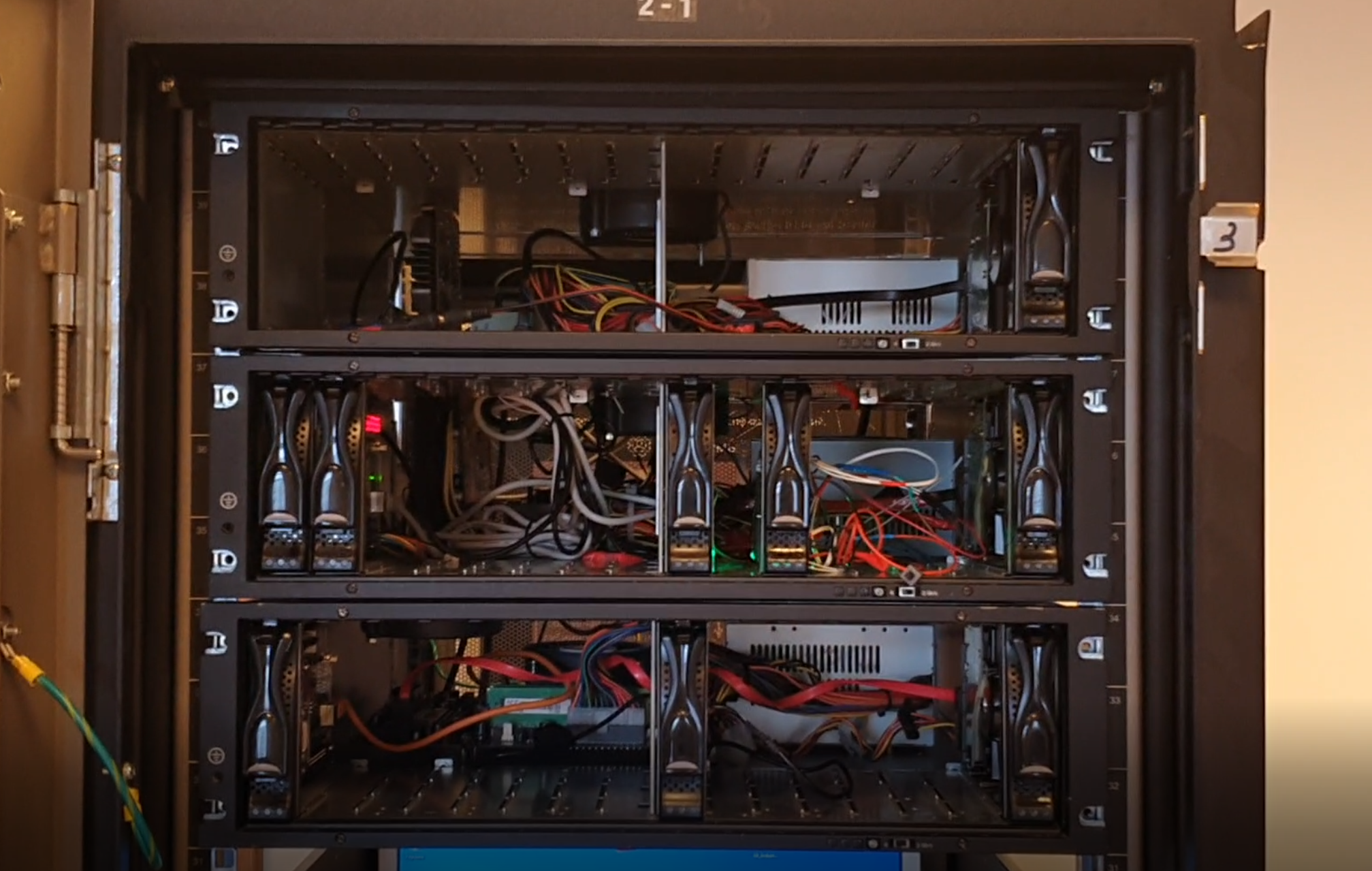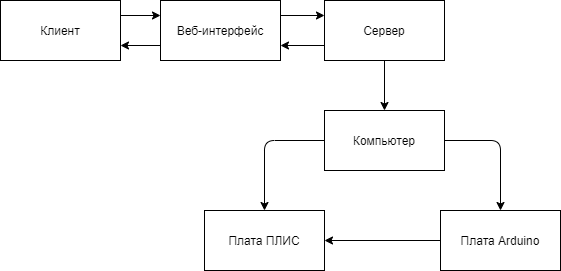Remote stand for asynchronous work with laboratory equipment
Remote work with equipment is one of the important aspects of training at the current time. To improve the quality of training, as well as to solve problems associated with the cost of equipment, the quantity and availability of this equipment, it was decided to develop a stand for asynchronous work with equipment (at this stage, for working with FPGA boards).
Project objectives:
Our current task is to develop a system that allows you to effectively check the work of students (firmware .sof) in an asynchronous format, thanks to the distribution of work on laboratory benches using a control cell. The system is a closed software complex. The student sends his firmware and script file using Google Form to the cloud storage, from which the control cell in turn distributes tasks to the laboratory stands. After that, the laboratory stand sends a report and the result of the completed firmware to the control cell, which sends this result to the student's mail. A system will also be developed for uploading firmware to an FPGA board without running Quartus, as well as for collecting all the results, including recording video of the tested firmware in a separate package, which will later be sent to the student.
This development will allow students to spend less time waiting in line to receive payment, spend less time checking their work due to the format of working with equipment, and also check their work in quarantine without having to come to the university.
Current results:
At the moment, the stand consists of a number of computers assembled in the cells of a server cabinet for their compact placement. Each stand contains an FPGA board, Arduino and a camera that allows you to record the results of the firmware. This assembly of electronic components allows providing remote control and access to the FPGA board with minimal resources.
To work with the board, a circuit was remotely assembled using Arduino, which allows you to remotely press switches and buttons using GPIO.

Planned results:
The final results of the work on the project will be a formalized research report, which contains a detailed description of the entire developed system, as well as a fully functioning hardware and software system that allows you to check students' work in an asynchronous format.

The project team:
- Lawrence Alexander Sergeevich - Programmer
- Petukhov Grigory - Circuit engineer
- Kozlov Andrey Vitalievich - Intern
Project leaders:
Департамент компьютерной инженерии: Доцент
Have you spotted a typo?
Highlight it, click Ctrl+Enter and send us a message. Thank you for your help!
To be used only for spelling or punctuation mistakes.
